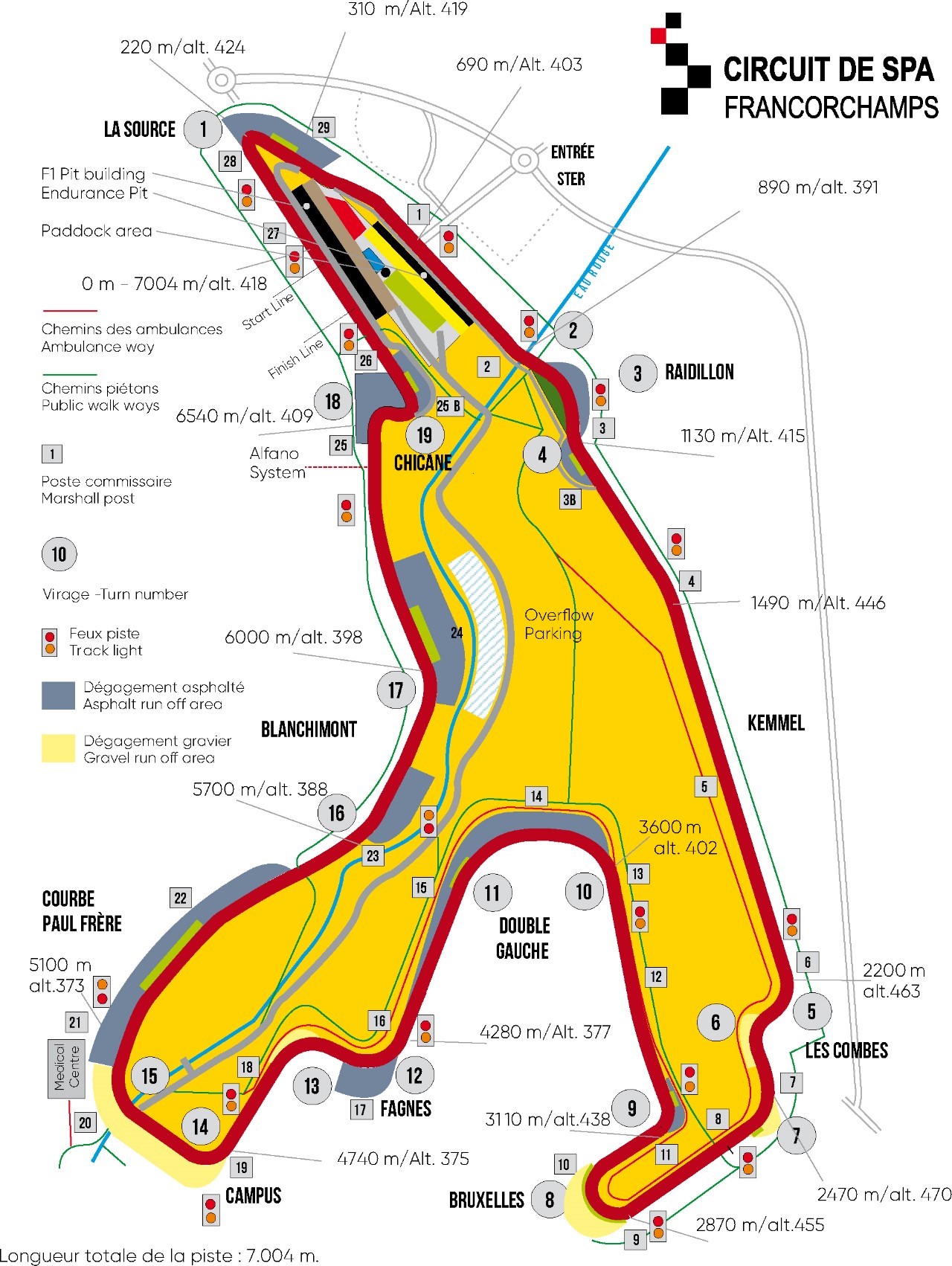F1: Belgium GP Preview
The race, at the legendary Circuit de Spa-Francorchamps, will be the 14th round of the 2022 Formula One world championship.
The return from the summer holidays has a very particular flavor: it’s a moment in which much feels the same, as the teams return to the European races that featured before the break; it’s a quick-fire of great races, with Belgium followed by the Netherlands and Italy – three circuits with a proud history in which fans are as much a show as the on-track action; and it’s a last throw of the dice on familiar territory before the teams embark on the flyaways that will culminate in the Abu Dhabi finale in November – 9 races in 13 weeks.
The Circuit de Spa-Francorchamps can trace its history back to the immediate aftermath of the First World War. The triangle of public routes linking the villages of Francorchamps, Malmedy and Stavelot were used for a fast and sweeping circuit that stretched out across 14km of undulating Belgian countryside. It was used for the Belgian Grand Prix in Formula 1’s inaugural season in 1950 but its dangerous nature drew criticism and by the end of the 1960s it had become an outdated relic. Formula 1 moved its Belgian Grand Prix to Nivelles and Zolder before eventually returning to a reprofiled Spa-Francorchamps in 1983, where it has since remained.
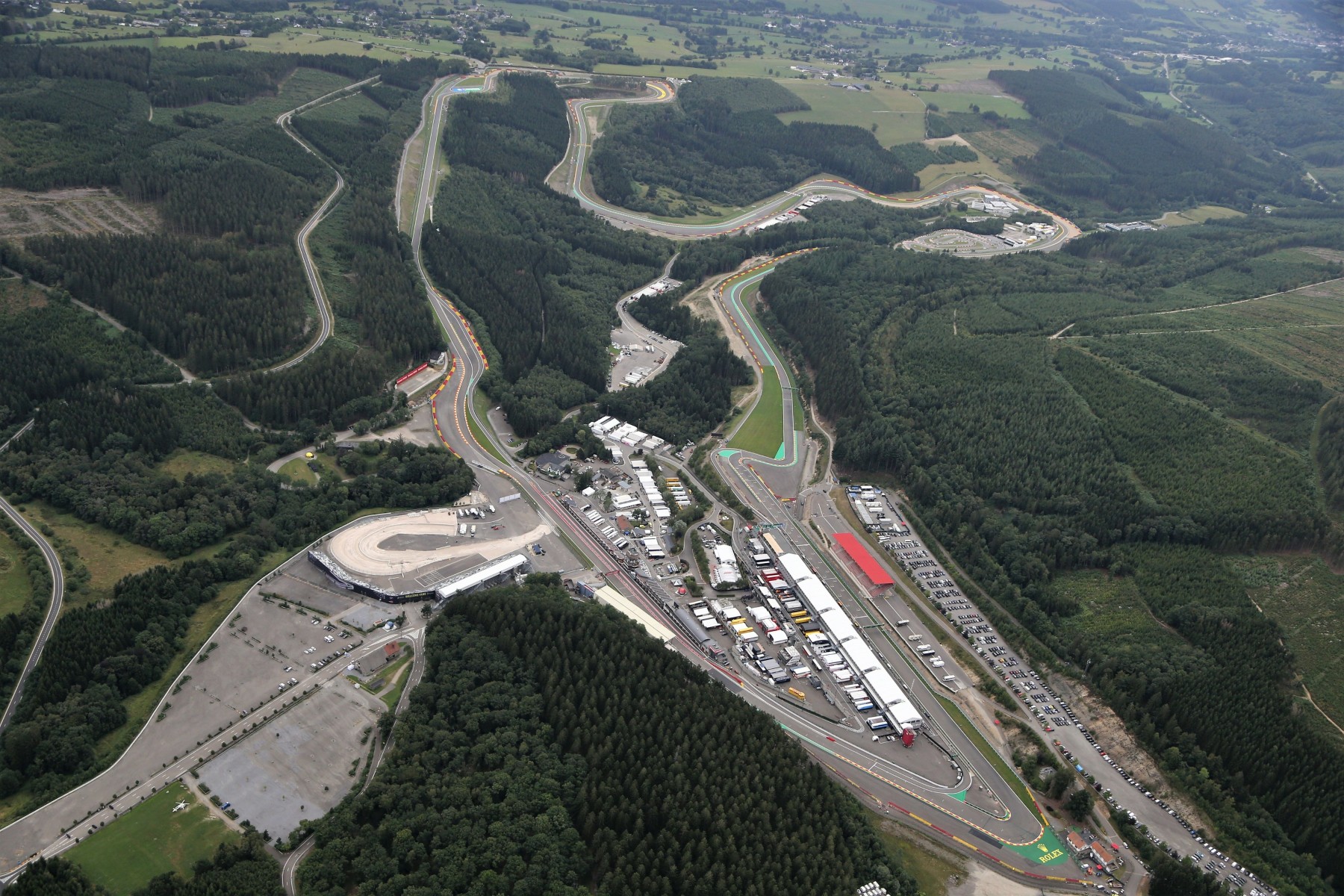
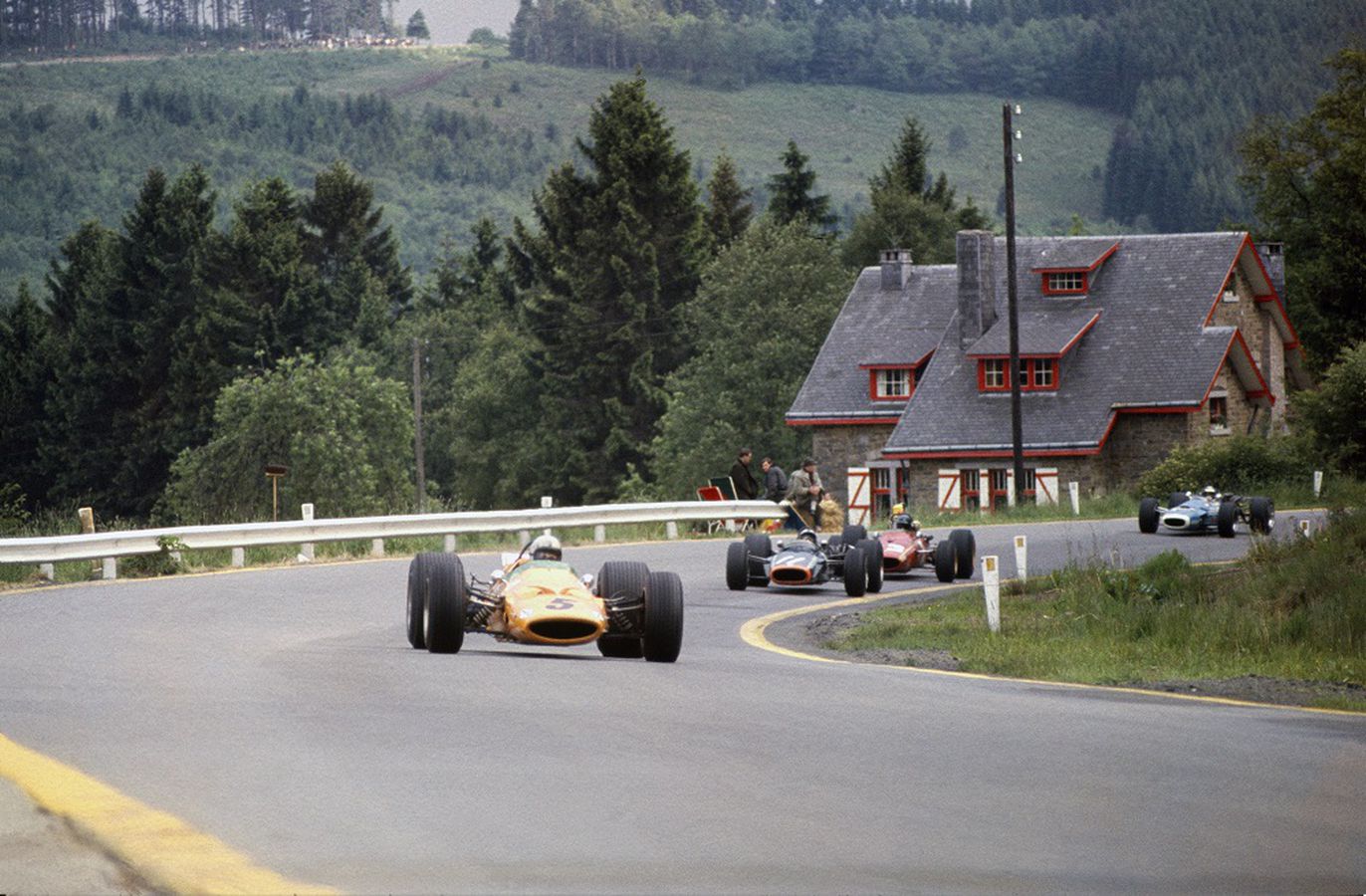
At its opening in 1921, the racetrack was a 15-kilometre triangular course consisting of public country roads between the towns of Spa, Stavelot and Malmedy.
The first Belgian Grand Prix was held in 1925. The circuit hosted a Formula 1 race in the 1950 debut season of the championship. In 1979, safety issues led to the former “fastest open road circuit in the world” being shortened to a permanent racing circuit, which today measures 7.004 kilometers in the Grand Prix version. The latest upgrades have improved the run-off areas in the legendary Eau Rouge/Raidillon combination. Additional grandstands were added here and at other locations along the racetrack.
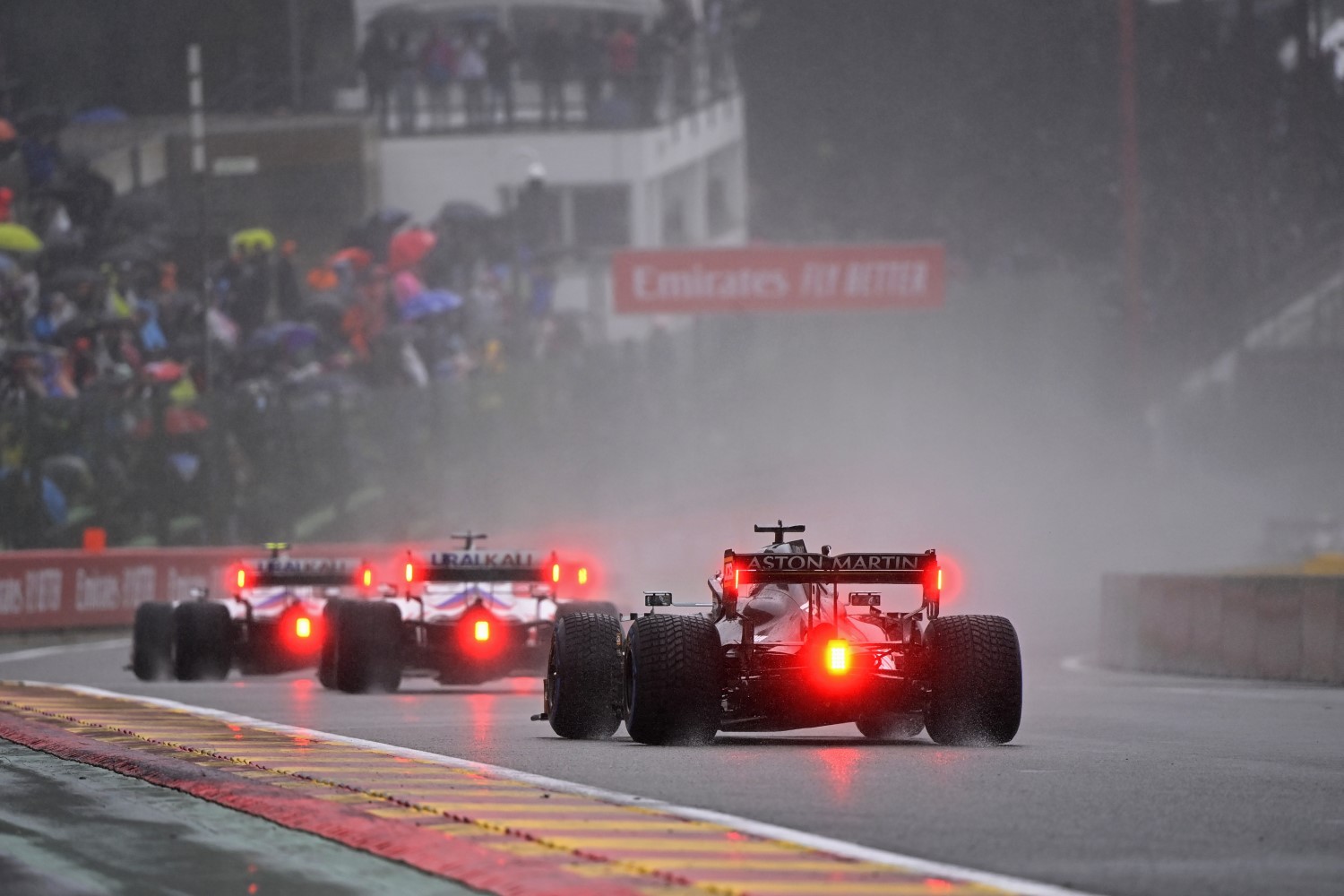
The circuit remains one of Formula 1’s finest, featuring several iconic corners, most notably the steep rise through Eau Rouge/Raidillon, the high-speed Pouhon and Blanchimont corners, and the twisty Bus Stop chicane. It requires a set-up compromise, with the first and third sectors almost entirely dependent on top-end speed, segmented by a second sector that is reliant on downforce.
Wet weather can also influence proceedings, as demonstrated at the grand prix in 2021, when rain led to Formula 1’s shortest-ever race taking place. Last year’s one-lap Belgian Grand Prix was unique in World Championship history for a number of reasons. Max Verstappen became the first driver to ever lead a race from start-to-finish and only lead the last lap of the same race!
Since then, circuit officials have acted; while the layout has not been altered, several run-off areas have been reprofiled for safety purposes, with gravel traps reintroduced at some corners. At 7km, it is the longest circuit on Formula 1’s current calendar.
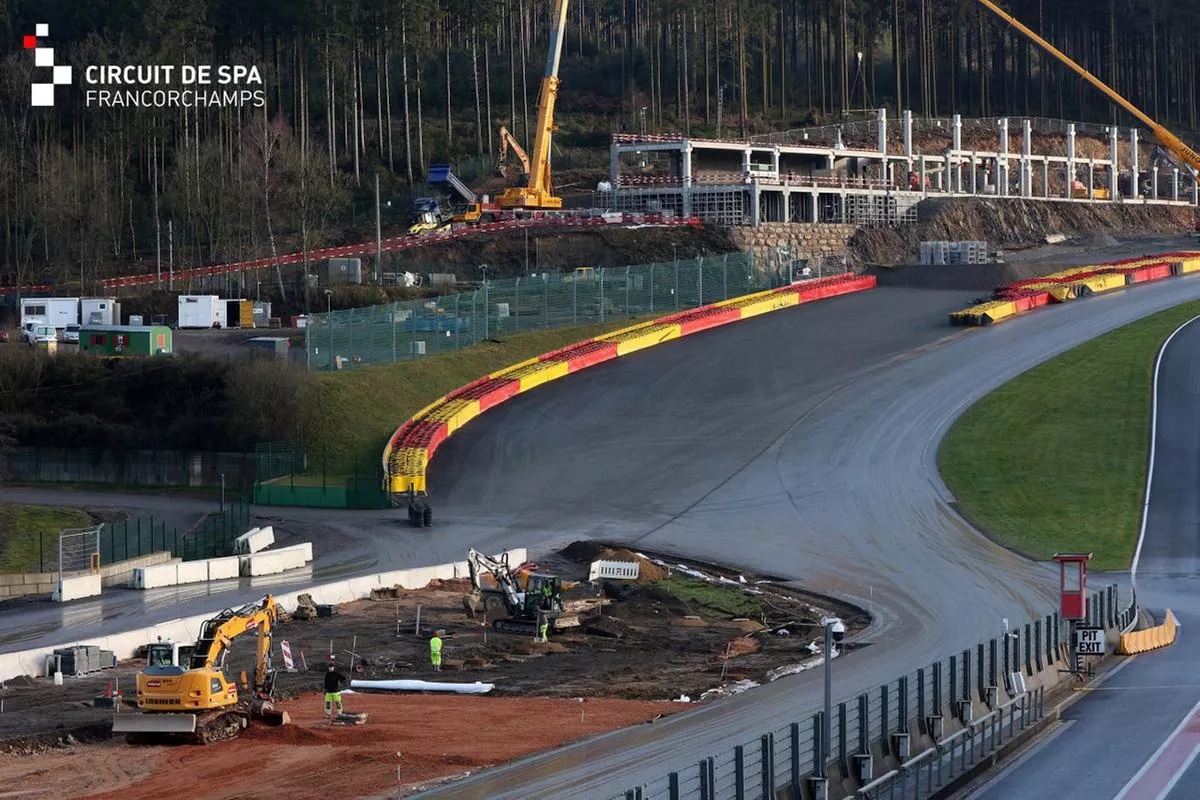
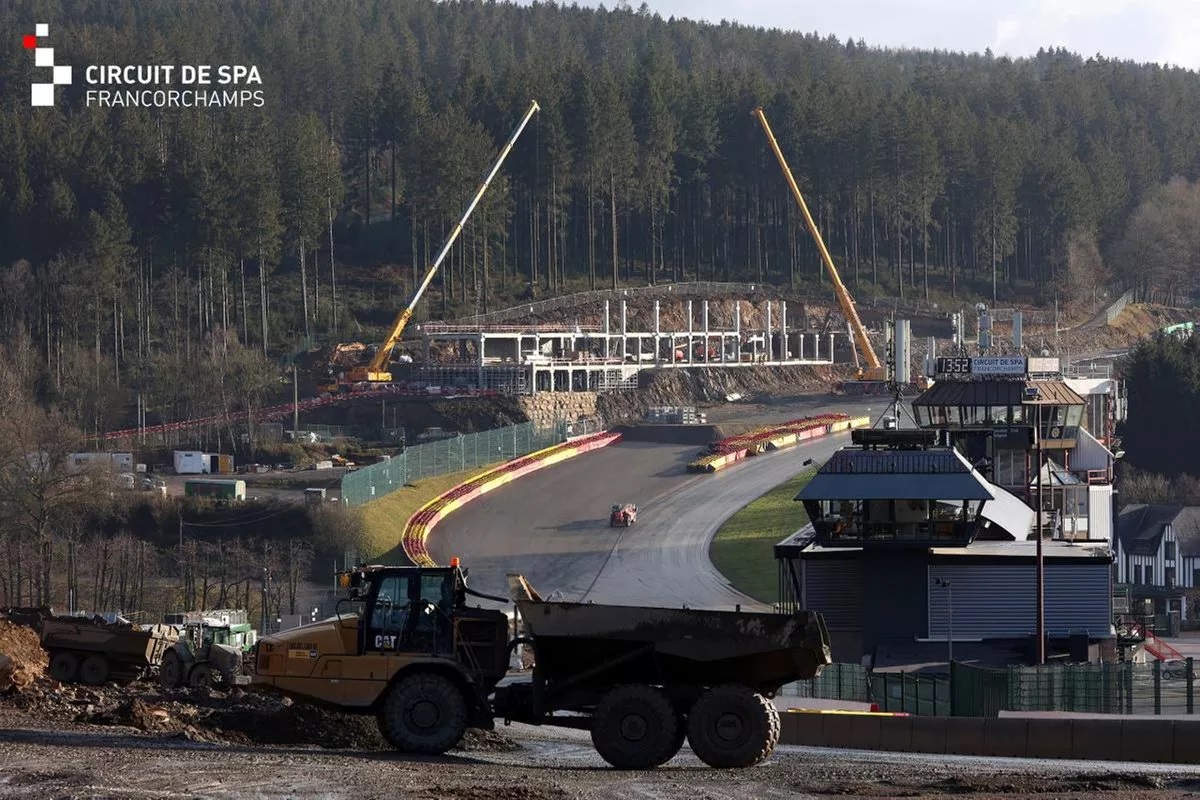
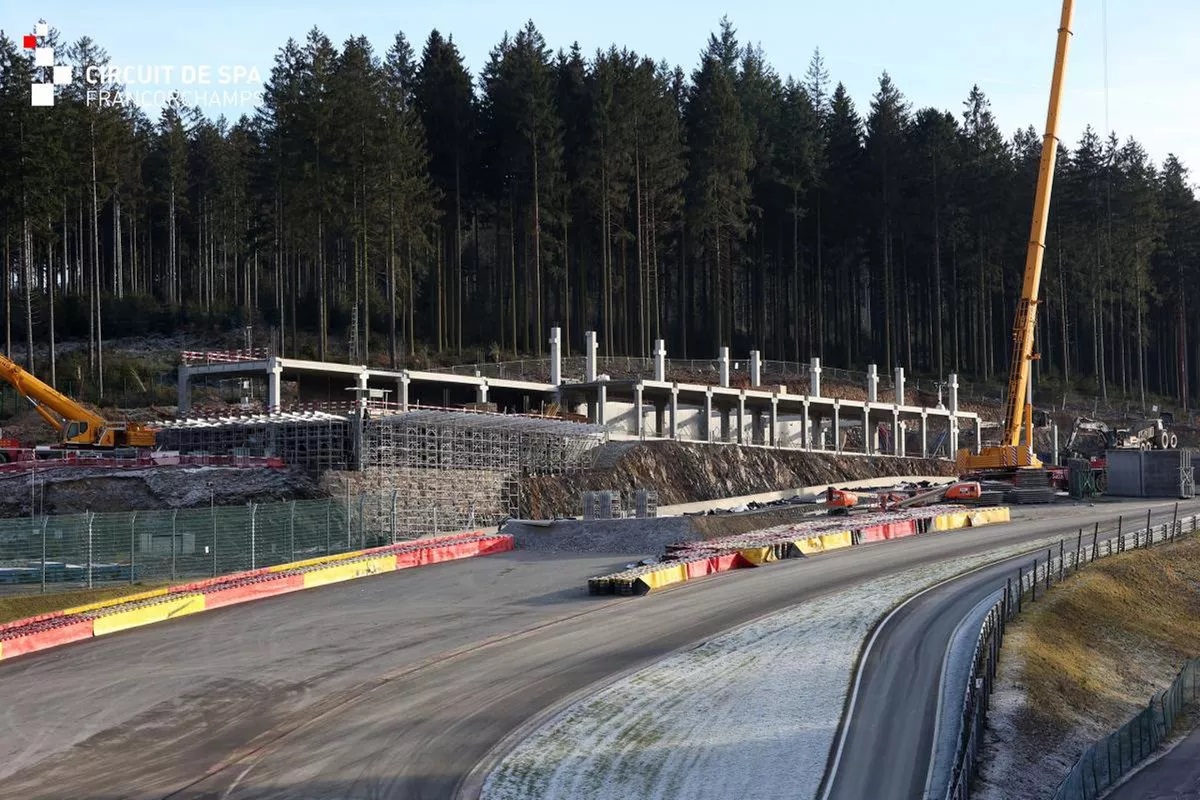
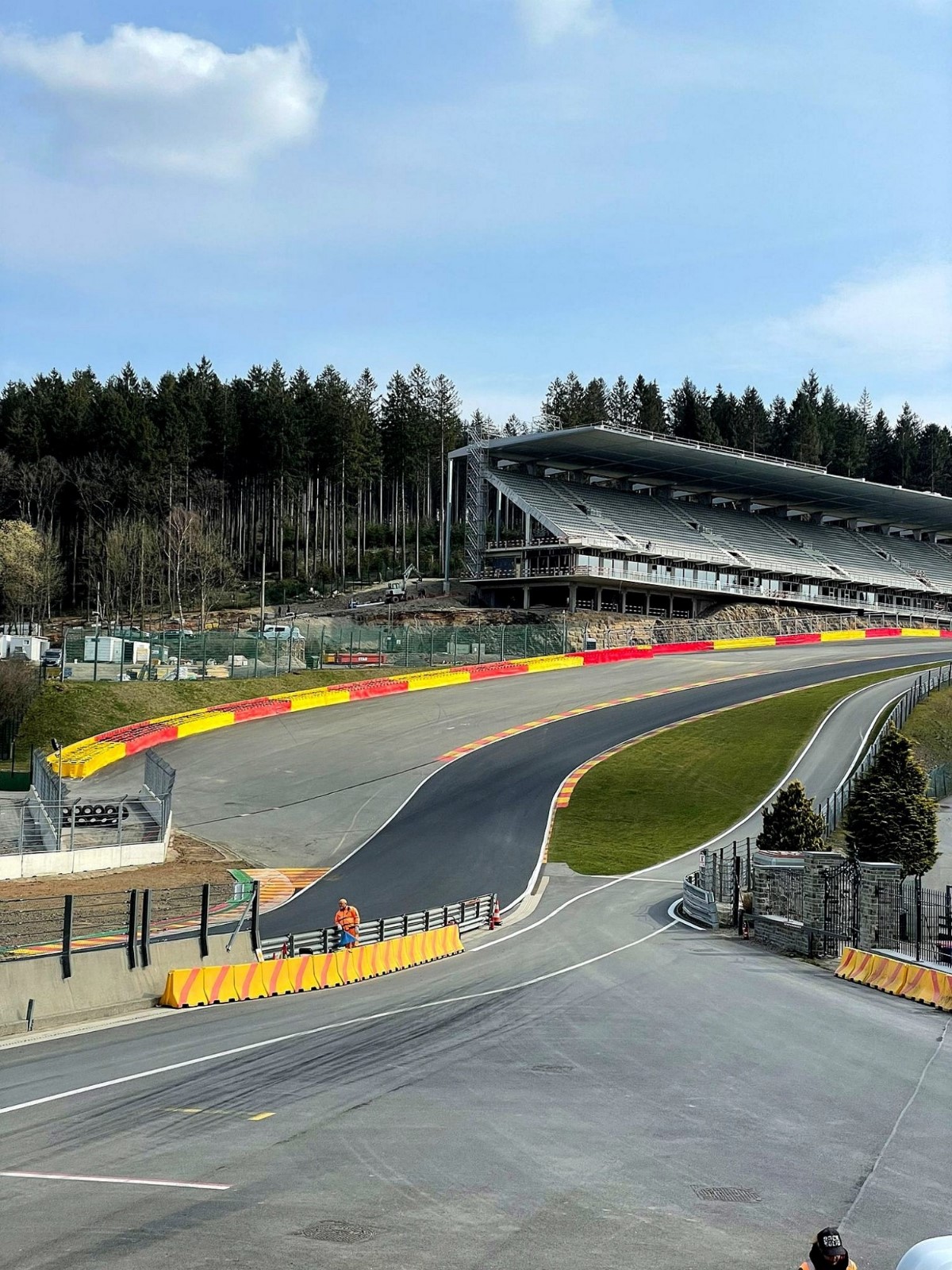
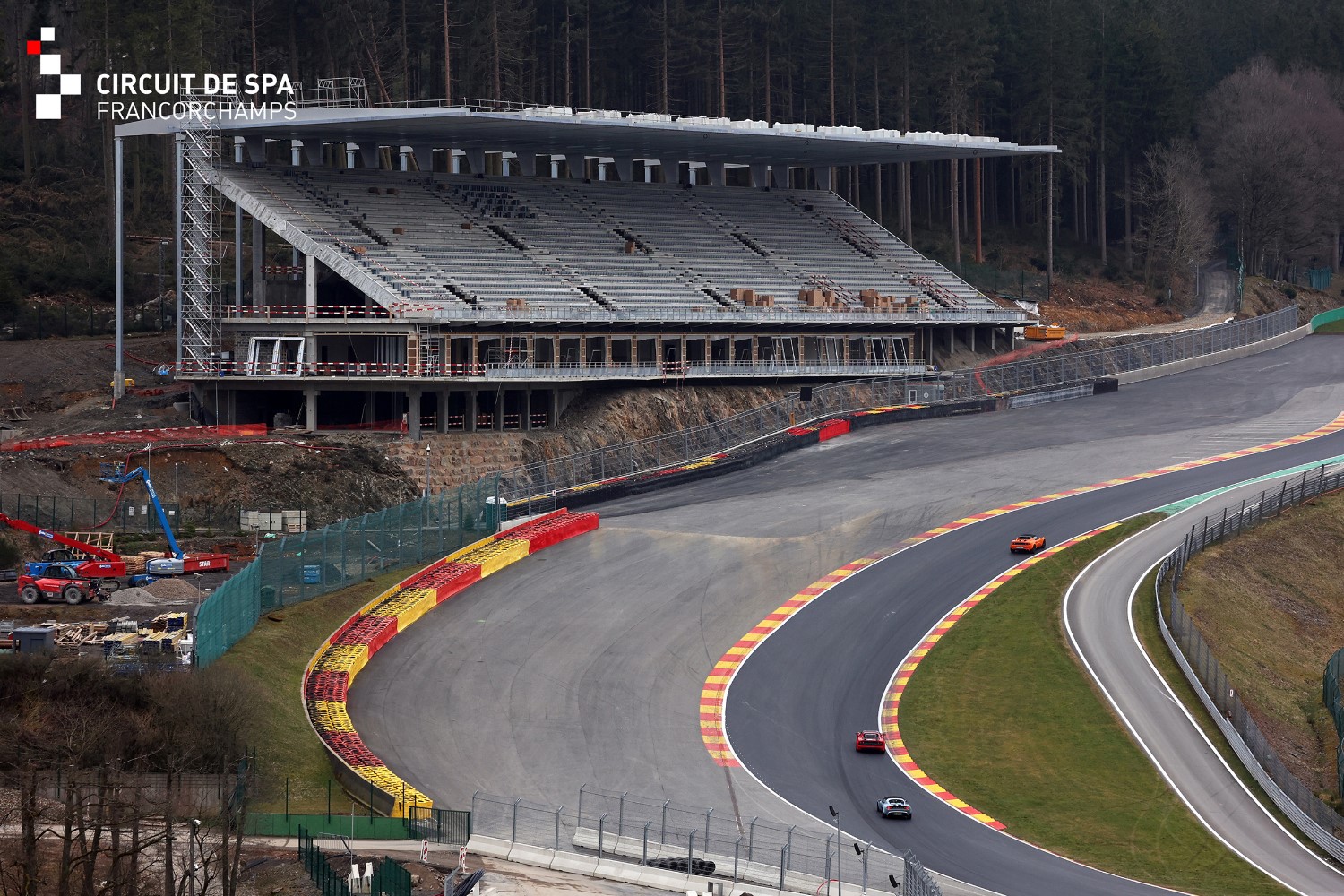
Weather: The weather at Spa is among the least predictable on the calendar. Rain is almost always a factor during the weekend, and it is very tricky to forecast. Given the length and range of the circuit, one sector can be soaked even when the others are perfectly dry.
Race disruptions: Including 2021’s event, disruptions have been common in recent years. Each race has been graced with a Safety Car appearance since 2016. Virtual Safety Cars are rarer, however – only seeing use once in both 2015 and 2016.
Strategy: Increased tire-wear seen this year could push what has traditionally been a one-stop race into two-stop territory. The pitlane delta is short, and the circuit is relatively easy for overtaking, so there may be the opportunity to deviate on strategy – particularly with the advent of a well-timed Safety Car.
Unlocking the Lap
Turn One offers the immediate challenge of La Source, the setting for many infamous opening-lap collisions over the years. It’s a tricky hairpin whose exit is key to the lap. That’s because it leads into a mile-long flat-out sector all the way up to Turn Five.

The challenge of turns 10 and 11 – Pouhon – makes it hugely popular with the drivers. It’s an almost flat-out, double-apex, downhill left-hander, which is hard to get right. A new gravel trap lies beyond the existing Tarmac run-off, adding another layer of peril for the drivers.
Turn 14 is another key corner that precedes a long flat-out section, this time towards the end of the lap. It’s a downhill corner, deceptively tight, where it is easy to run wide. A good exit offers the opportunity to slipstream rival drivers and set up an overtake into the chicane at the end of the lap.
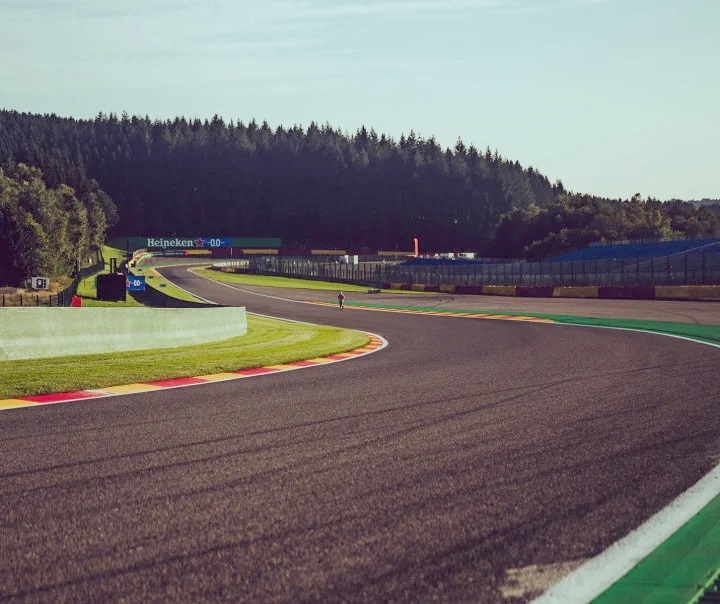

Fact File: Belgian Grand Prix
- Spa-Francorchamps is the longest lap distance on the F1 calendar, measuring 7.004 kilometers. It also has the lowest number of race laps, with just 44.
- It used to be one of the biggest challenges for engine duty and time spent on full throttle, but with the new regulations and new tracks joining, it has fallen down the list. It still remains in the top five, though.
- Despite several long, flat-out sections, Spa is middle of the pack when it comes to fuel consumption, as constant stop/start is what uses the most fuel – so tracks such as Montreal and Monaco are higher on fuel consumption, compared to Spa and Monza.
- Tyre duty and wear are some of the highest of the season at Spa, with high averages across all four corners of the car.
- The long lap distance at Spa brings with it a few unique challenges. For example, if a car gets damaged early in the lap, more time is lost getting back, and the weather is very changeable so conditions can vary massively from corner to corner. And it means the lap takes longer to complete; therefore you can’t fit as many laps into practice and qualifying run plans to test different setup configurations.
- From the exit of La Source to the braking zone for Les Combes, the drivers have their foot firmly on the throttle for around 23 seconds (and 1,875 meters) of track layout.
- Because of this flat-out section, the exit of La Source is incredibly important, as it leads down the long straight to Eau Rouge and Raidillon.
- There’s a difference of around 100 meters between the highest (Les Combes, Turn 7) and the lowest point (Stavelot, Turn 15) on the track, the highest elevation change of the season.
- The drivers and cars typically experience a heavy compression of forces through the downhill entry of Eau Rouge and the uphill exit of Raidillon. They are travelling at pretty much Vmax (maximum velocity of the car), almost as fast as the car can go before heading through this section. This means there is 3g of vertical compression. Some resurfacing and reshaping has taken place through this section, which may well have eliminated one of the biggest bumps and softened the compression forces slightly.
- The tow at Spa-Francorchamps is very powerful due to the long straights, particularly the section after Raidillon. On the first lap this is even more powerful, because drivers chasing can pick up a tow from multiple cars. The lack of DRS on lap one also increases this effect.
- 80% of the lap distance at Spa is taken at full throttle, one of the highest percentages of any F1 track on the 2022 calendar.
- The first and third sectors at Spa feature long straights and flat-out sections, but the second sector is twisty. This makes it challenging to find the right balance and set-up compromise, particularly with the wing level. A bigger wing will gain time in the middle sector but leave you vulnerable on the straights, while a smaller wing will provide less drag for the flat-out sections but not providing the same level of grip in the twisty corners. This is a similar predicament to Baku.
- Because of the track’s history and iconic corners, this is one of the few tracks in F1 where engineers tend to refer to the turns by name rather than number.
Pirelli Tires
Tire compounds are from the middle of the Pirelli range and are the same as we used a few weeks ago in Budapest. However, the behavior of the tires will be quite different at this circuit, and teams will need to spend Friday understanding how to maximize their performance here.
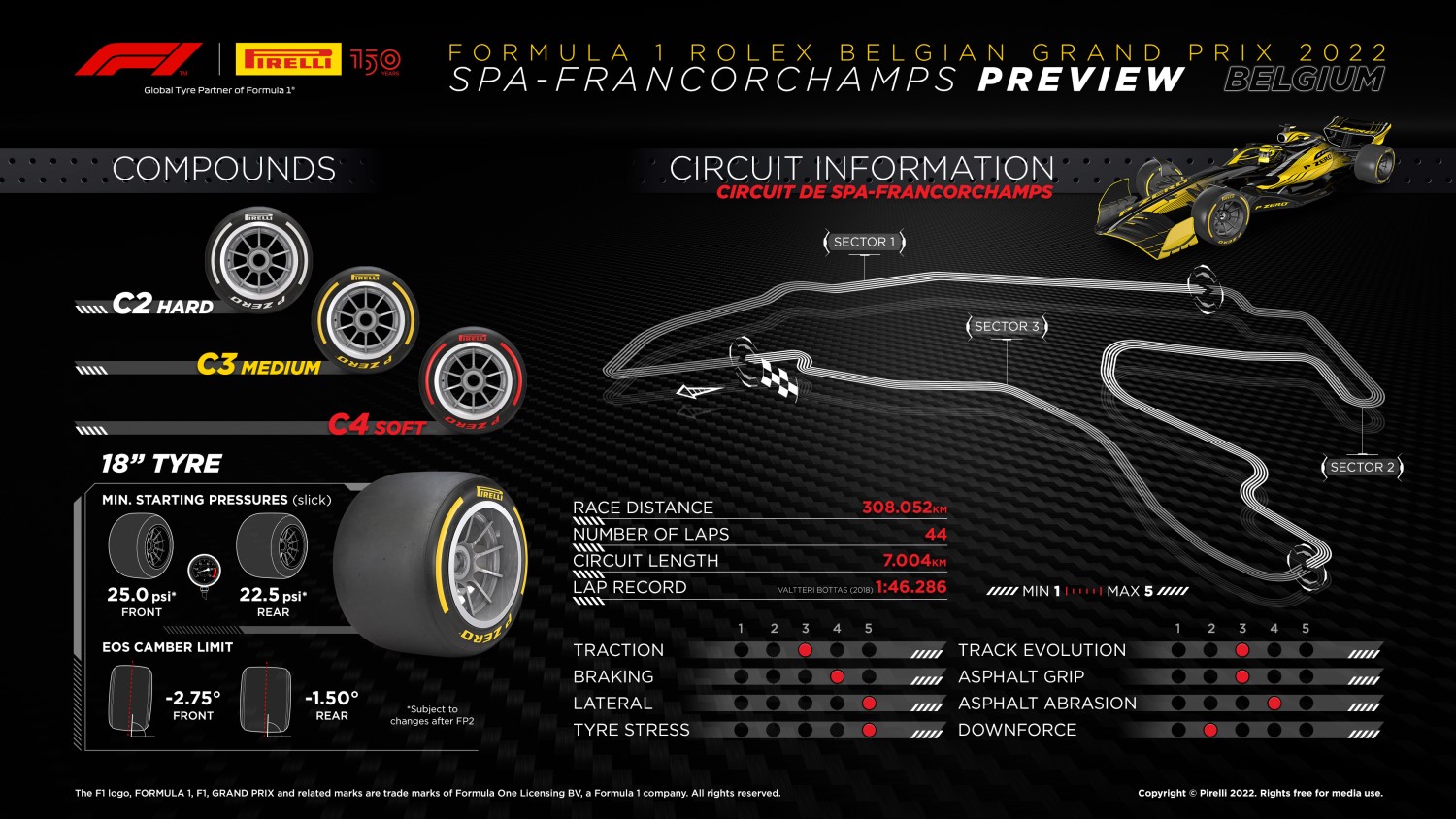
MARIO ISOLA – MOTORSPORT DIRECTOR
“New changes bring new challenges, but the epic nature of Spa is still the same”
“This year, Spa has undergone some of the biggest changes we have seen since we started going there in the modern era of Formula 1. But we know something of what to expect thanks to the 24-hour race last month – our biggest event of the year in terms of people and tires – as well as some asphalt samples that we have taken. In addition to some new asphalt on five corners, there are some new gravel traps on four corners, which are much closer to the side of the track. Drivers will need to pay more attention to track limits, and there’s also an increased chance of sharp gravel being dragged onto the surface. The epic nature of Spa remains unchanged though, with all the traditional challenges that make the circuit so exciting still in place.”
- The three compounds in the middle of the range have been chosen for Spa: C2 as the P Zero White hard, C3 as the P Zero Yellow medium, C4 as the P Zero Red soft.
- The asphalt is new between Turns 2 and 4, and Turns 8 and 9, with the bumps removed and increased grip.
- Gravel traps have been added close to the track at Turns 1, 6, 7, and 9. The gravel features sharp stones, and there are also some sharp edges close to the concrete curbing.
- Spa is one of the most demanding circuits for tires on the calendar, featuring particularly high lateral loads. The famous Eau Rouge-Raidillon complex is just one of the places where tires are subjected to multiple forces: pushed into the ground by downforce and compression, while cornering at the same time.
- Variable weather is always a famous hallmark of Spa, making an outing for the Cinturato Green intermediate or Cinturato Blue full wet tire a distinct possibility.
